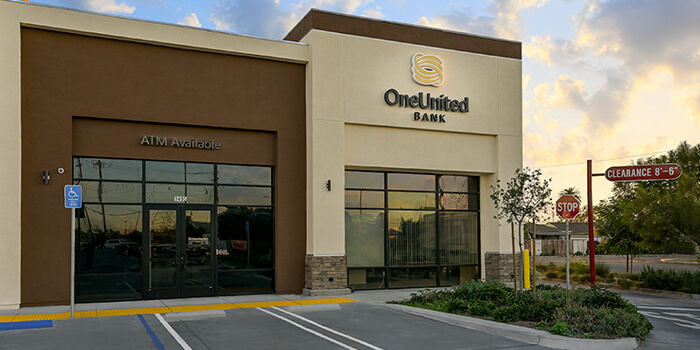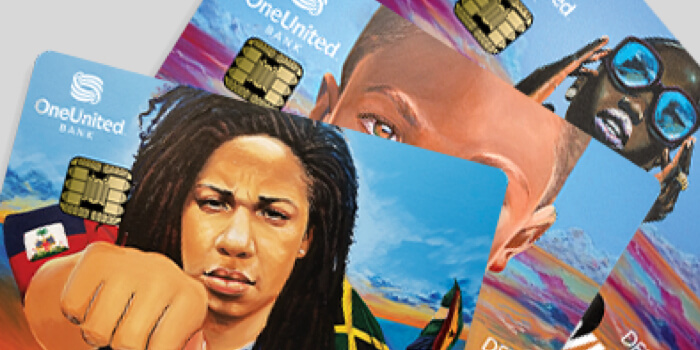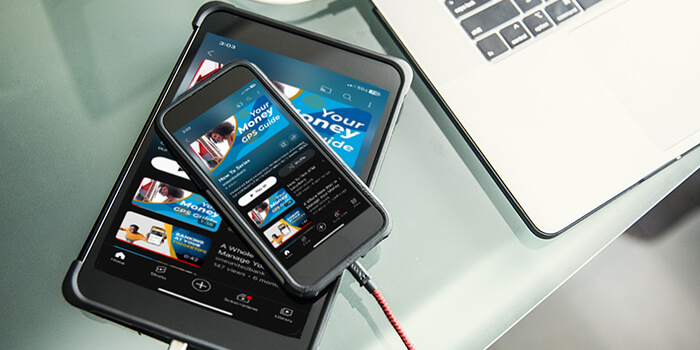The idea of setting a budget makes many people cringe — it involves taking a look at your spending habits, seeing where you’re wasting money, then creating a spending plan. Although none of these tasks are fun, they can pay dividends in a number of ways. After going through the exercise — as painful as it might be — you’re likely to have a better handle on where all your money goes. This can result in more money in your bank account at the end of the month, so the investment in time is worth it.
There is no lack of information on the internet to tell you how to create a budget, but many experts agree on a few key starting points.
First, review what you’ve spent over the last few months. Tracking expenses like your monthly utilities is easiest, but those unplanned expenses, such as replacing the tires on your car, can throw you off. Don’t forget to account for things like birthday gifts and holidays. They may only come around once a year, but they can still throw off your budget.
Second, pay yourself first – which means sock away some savings before you even touch the money. If funds are taken from your paycheck or bank account automatically, before it goes into your pocket, you are more likely to save. And small weekly or biweekly savings can really add up over time.
Third, create an “after savings” budget – which means looking at your income after you have socked away some savings and your expenses to develop a budget that you can live with. To create this “after savings” budget, you may have to reduce those purchases for birthday gifts and holidays or you may have to reduce the amount that you can realistically save. It’s finding the balance between saving and spending that paves the way for financial success. Once you create this balance in your budget, it’s much easier to stick to it. A “balanced budget” will allow you to sock away money for a rainy day, save for a trip or get ready to purchase a home, while also taking care of your everyday needs.
OneUnited Bank has a great tool called Save for Life to help you stick to a savings plan. This savings program sets up automatic withdrawals between your accounts, either OneUnited accounts or an external bank account. It deposits the funds into a savings account. Automatically withdrawing funds means you don’t need to do anything and you’re likely not to miss the money as it builds up in your savings account. A $50 weekly withdrawal will help you save $2,600 in a year and more than $13,000 over five years! Start saving today!

















